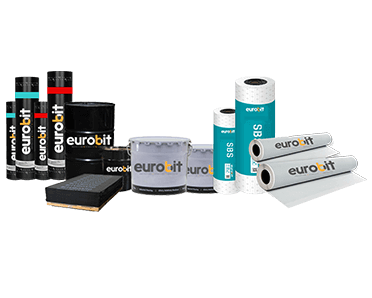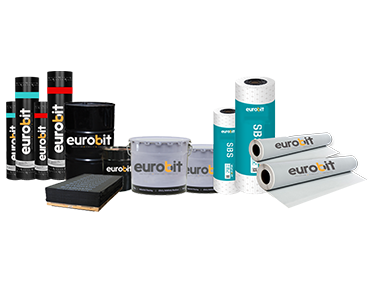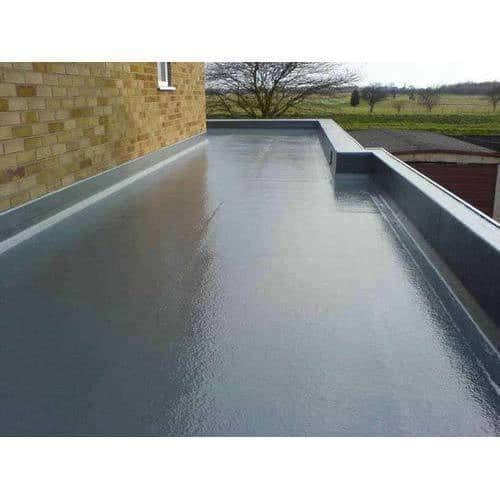Cementitious Waterproof Coating
The strength of a structure is determined by the materials used in its construction and how effectively it is protected against weather harm. Certain aspects, such as adequate waterproofing and heat proofing systems that can survive rapid climate changes, also influence a building’s strength and stability.
To help you in making an informed decision, we have listed CEMENTITIOUS WATERPROOFING and their uses.
So, let’s get started.
Durable Cementitious Waterproof Coating – application and advantages
Concrete, a durable and robust construction material, finds widespread use in buildings, bridges, tanks, dams, pools, pipes, sewers, and various structures. However, it is important to note that concrete is inherently porous and permeable. This means that water and water vapor can seep through concrete, causing long-term degradation and damage.Therefore, the use of cementitious waterproofing materials is necessary to ensure the longevity and effectiveness of any building project.
What is Cementitious Waterproofing, and how does it work?
It is a concrete waterproofing process that employs cement-based polymer coatings. When properly coated, cement can provide a robust and long-lasting moisture barrier for cement walls and floors. Use epoxy or latex mixtures as a barrier, employing them as a foundation sealer in the basement or any other applicable area.
Furthermore, cementitious waterproofing is a permeable sort of waterproofing chemical that protects concrete and masonry surfaces from both positive and negative side waterproofing. In conclusion, Long-lasting cement waterproofing has a wide range of applications.
Benefits of a Cementitious Waterproofing Coat
Two-component cementitious waterproof coatings are available. Substrate movement is controlled using a cementitious waterproofing technology. Some of its benefits include:
1.You can find it easily at any hardware or construction supply store, and it’s simple to use.
2. Apply these coatings with a stiff-bristled brush in a manner similar to how cement is applied. Mix it up with water until it reaches the desired consistency.
3. It is seamless and enhances the aesthetic value of the structure to which it is applied.
4. It is chemical, abrasion, and weather resistant, including frost resistance.
5. Improves the water tightness of concrete tanks, reservoirs, and clear wells that contain water.
Cementitious coating waterproof application method:
6. Correct surface preparation is required.
7. Remove mill scale, oil, grease, and other chemical pollutants from the surface.
8. Acid-etching, gently sandblasting, or bush-hammering are common requirements for concrete surfaces.
9. The application of cementitious systems does not necessitate the priming of a substrate.
10.Smooth the surface using sandblasting, and apply the coating as soon as possible afterward.
11.After completing the initial preparatory work, the application of cementitious solutions typically involves two coats. The first coat must exclusively utilize proprietary materials. In a cement-and-sand mixture, second layers are commonly chemical or metallic compounds.
There are many different types of cementitious coating waterproofing materials on the market, and one of the most popular is CEMENTITIOUS WATERPROOFING with Elastomeric and Asphalt Coating. It’s a two-part cementitious coating made up of a pre-weighed polymer modified powder and liquid components that, when combined together, form an elastomeric, waterproof covering with excellent fracture bridging properties.




